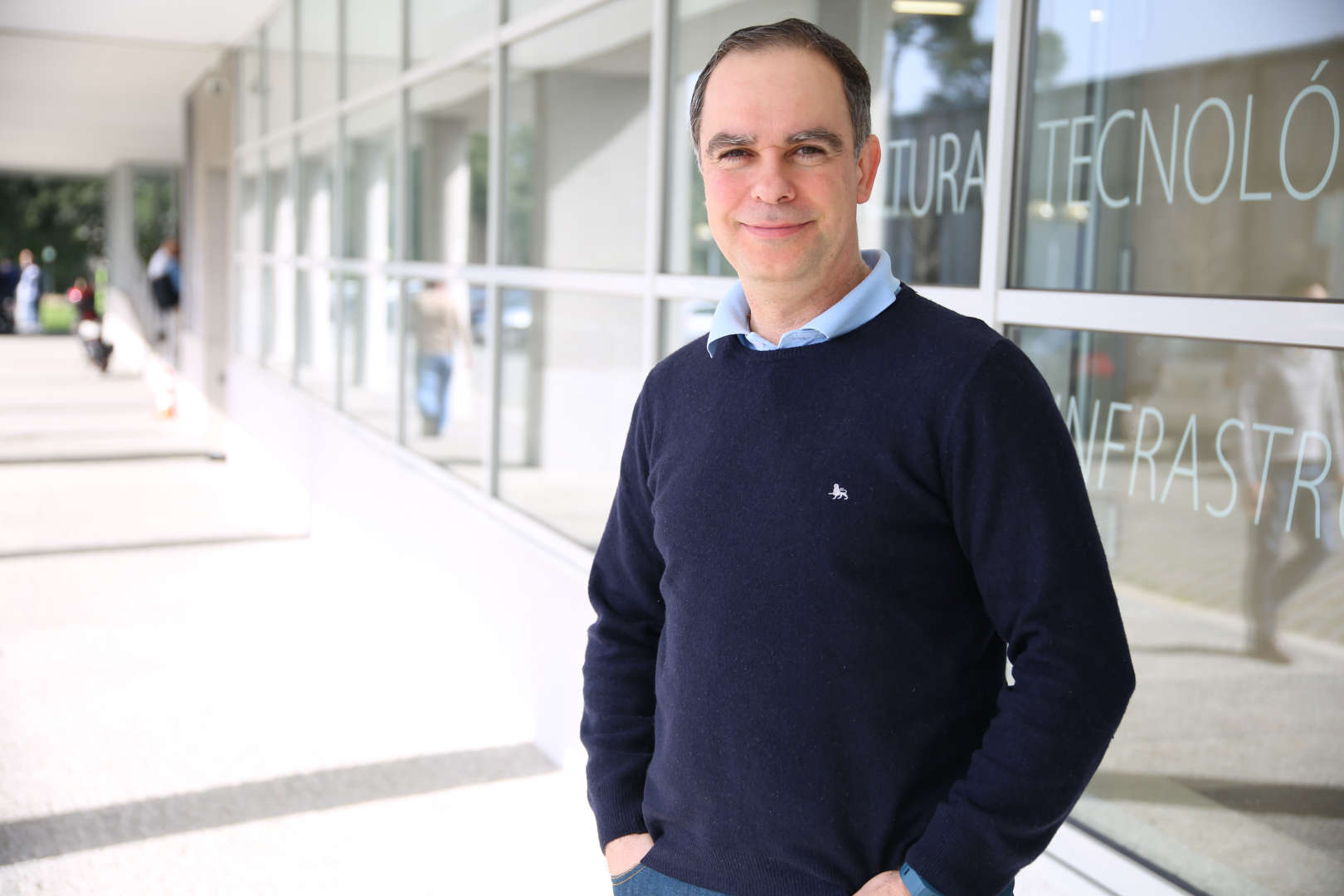Sobre
Nascido na cidade do Porto a 6 de Abril de 1973, licenciado em Engenharia electrotécnica e de computadores ramo de Informática e Sistemas pela Faculdade de Engenharia da Universidade do Porto (FEUP) em 1996, obteve o Mestrado em Engenharia electrotécnica e de computadores pela FEUP em 1999 no ramo Sistemas, tendo realizado uma tese de dissertação intitulada: "Controlo de uma equipa de robots móveis". Obteve o Doutoramento na FEUP na área de Controlo e Robótica, tendo realizado uma tese de dissertação intitulada “Planeamento Cooperativo de tarefas e trajetórias em Múltiplos Robôs”. É professor na FEUP nas áreas de robótica e programação. É investigador sénior no INESC-TEC (Portugal), no Centro de Robótica Industrial e Sistemas Inteligentes, sendo as suas principais linhas de investigação na área dos robôs moveis especificamente no controlo, planeamento de trajetórias e manipuladores.


